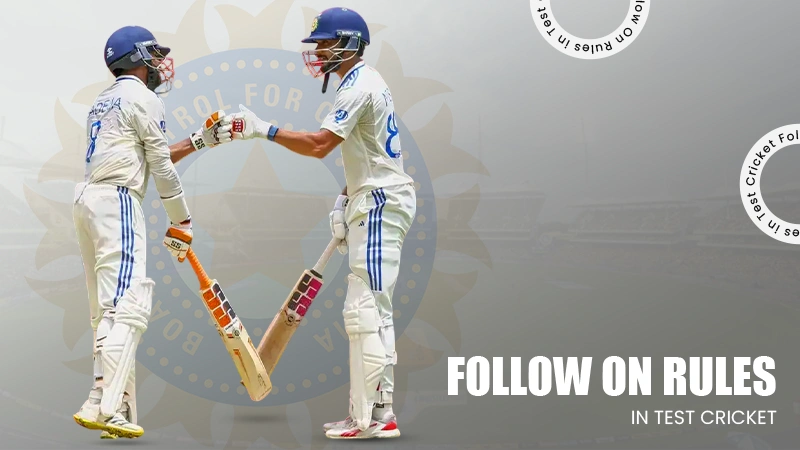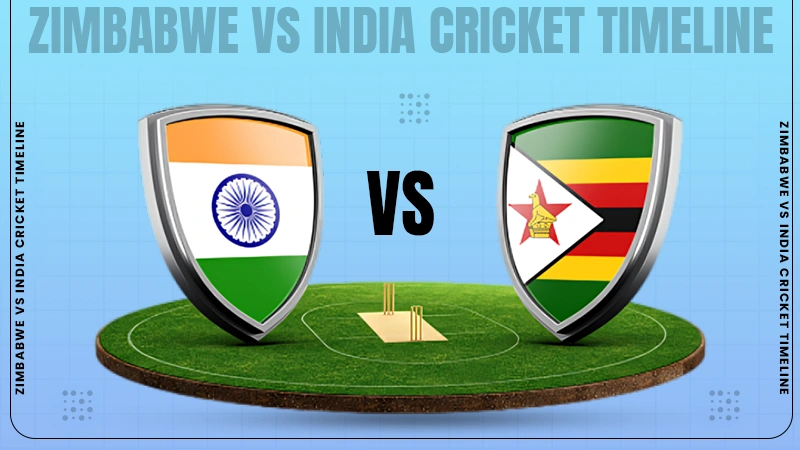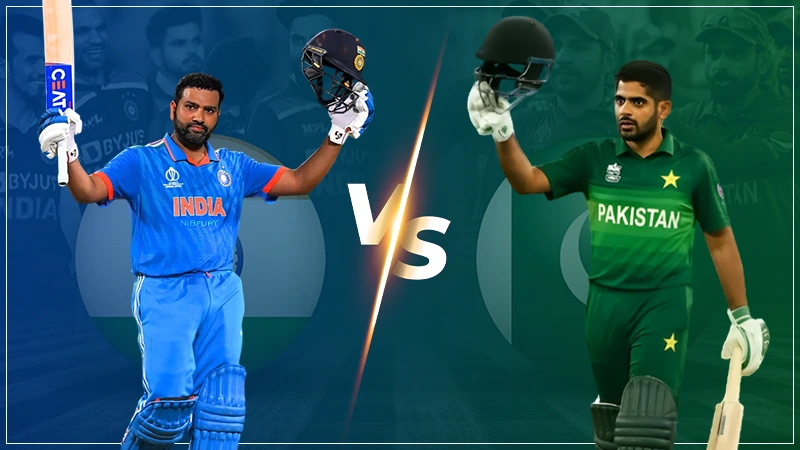
The Evolution of Cricket Strategies: From Test Matches to T20 Leagues
What’s the difference between a good player and a great player? A good player plays well in his own conditions – a great player plays well in all conditions.
-Glenn McGrath
(Australian Cricket Legend)
This entertaining sport has been played for many years, and the strategies are changing very swiftly in every match.
Now, it is molding into an energetic sporting event with innovative technology and thriving unique techniques.
The One-Day Internationals and Twenty20 (T20) leagues are transforming their test matches into adrenaline rush methodologies.
The dynamic change in playing approach, which includes hitting techniques, fielding allocations, and leveraging the advantages of technology, makes this sport more enthusiastic and aggressive.
To know more about how the Evolution of Cricket Strategies has begun from Test Matches to T20 Leagues, which gives a boost to this industry and has become one of the favorite sports among viewers.
So, get ready to run in-between-the-headings!
The Evolution of Cricket Strategy
It started as a backyard activity, but it shifted into a sprinting activity, which is evolving with different formats and training methods.
The exciting changes can be seen in the gaming approach, like embracing batting, bowling tricks, and adopting innovative shots, bringing a notable surge in the scores.
Strategic planning by analysis of statistics associated with technological advancements can help to refine fielding, bowling, and batting.
In the beginning, this sport had two tactics: defensive play coupled with endurance, where players have to maintain a high energy level throughout the game, and waiting for opportunities, in which players wait for favorable bowling for the immediate shot.
Leaders feared losing wickets more than getting attacking runs, and bowlers depended on swing and accuracy rather than on speed.
The Battle of Patience and Skill in Test Matches
A unique and tactical mindset is required in these battles, as the players have to play the longer rounds with their bowling partners.
As the bowlers are very consistent, they hook the traps over a sequence of turns to increase the possibility of the hitter getting run out.
The position of the batsman is predefined according to his limitations and weaknesses, and test sport can be an indicator to know the ability of a player and adaptation according to the conditions.
In counterpoint to the swift nature of new forms, Test matches reward tireless effort and deep tactical thought.
The Emergence of One-Day Internationals
One-Day Internationals (ODIs), which are also known as Limited Overs Internationals (LMIs), changed the nature of the game in the 1970s.
It was 1st played between England and Australia in January, and it was tightly contested, with 50-over form which combines aggression with selective risks.
Early starters became more focused in their role, and middle-range hitters developed to play based on various match situations.
Bowling practices were changed as well, and the swing and spin were still appropriate, but die-over experts appeared, planning yorkers and slower balls to stem run rates.
Fielding was also improved, with direct hits and swift stops saving important runs, and the game was now more of a spectacle that drew in huge crowds and opened the door for innovations.
T20 Cricket and the Revolution in Strategy
When the T20 cricket came, it changed the whole match. It comes with just 20 overs.
Powerful pitches, invention in shots, and tough running between the wickets highlight this format.
Hitters are trained to attack from the very first ball, and bowlers are compelled to take defensive measures.

Bowlers, still, have innovated imaginatively as the pace variations, surprise bouncers, and cunning slower balls are now de rigueur.
Captains shuffle bowlers quickly, employing matchups to thwart attacking batting orders, and the field settings are aggressive, with infielders always on the lookout for quick wickets.
The growth of T20 leagues, particularly the Indian Premier League (IPL), has achieved global sports expansion through international player connections.
The entertainment aspect of the format has also caught the attention of business houses, with sponsorship deals and online betting site platforms surfing on its success.
The Role of Technology
Technology has significantly impacted strategy, with video analysis allowing teams to break down rivals’ weaknesses, and ball-tracking and predictive modeling allowing bowlers to sharpen their strategy.

And the Decision Review System (DRS) has minimized umpiring mistakes, making outcomes fairer, and with live statistics and betting exchanges have become popular.
Fans can now engage with their favorite sports through the 1xbet India website, as they no longer need to be observers in the game.
Conclusion
The evolution of techniques illustrates the game’s ability and balance heritage and technology, very smoothly.
These test trials are the supreme measure of skill and strength. These increase the aggression and craze among the fans by introducing the limited-overs format.
The game’s tactics will forever be of its time, from the measured patience of Test innings to the adrenaline-fueled melodrama of T20 leagues, and as a result, this sport will remain one of the world’s most exciting sports.
With the innovation in the techniques and playing strategy, this game keeps changing, which is very enigmatic for both players and fans.
Whether through a five-day grind or a three-hour spectacle, cricket’s strategic complexity guarantees its timeless popularity.











